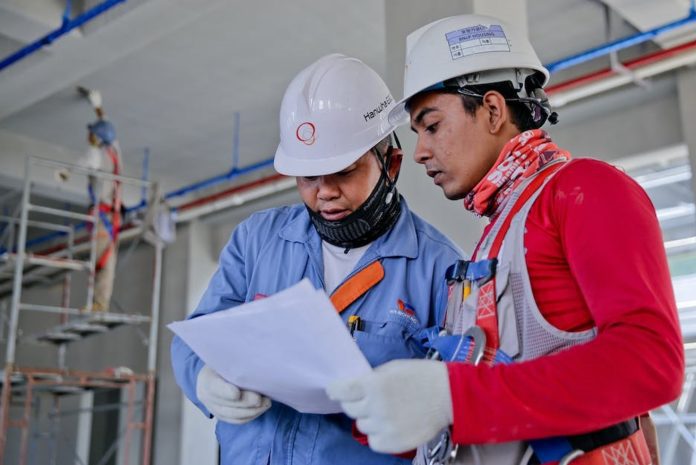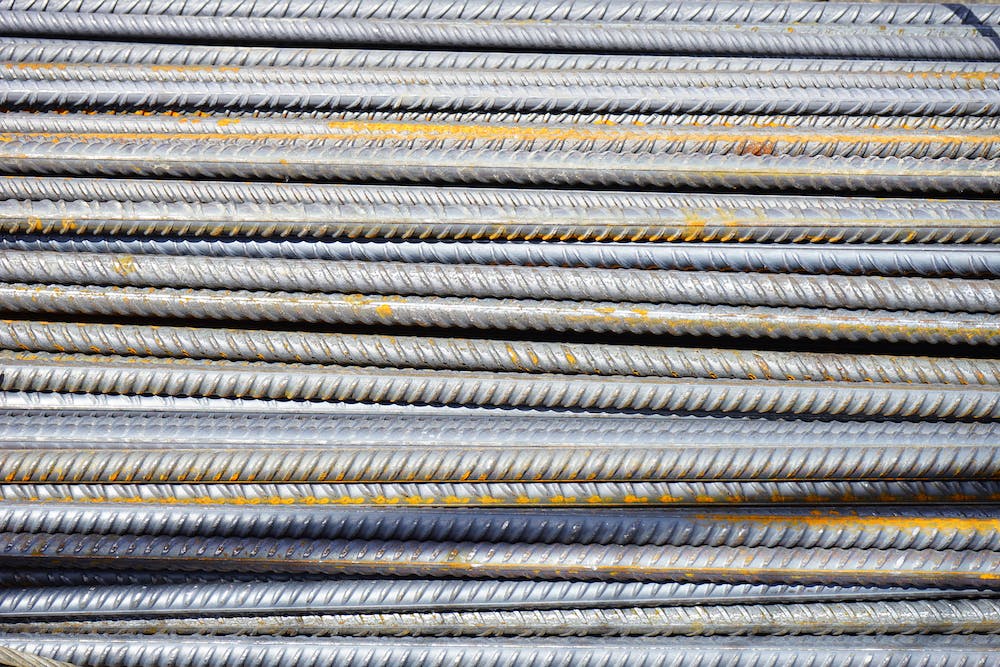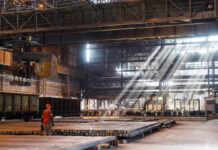
In the contemporary context of heightened environmental awareness and a pressing need for sustainable practices, the construction industry finds itself at the forefront of a transformative paradigm shift. This evolution is characterized by a growing inclination towards the incorporation of eco-friendly and resilient materials that not only meet the stringent standards of construction but also proactively address the overarching concerns related to environmental impact. Here are some of the most cutting-edge and environmentally conscious materials that have become instrumental in reshaping the landscape of construction.
Bamboo

Bamboo, often referred to as the “green steel” of the construction world, stands as an exemplar of sustainable building materials. Its remarkable attributes extend beyond its rapid growth to encompass a strength-to-weight ratio that surpasses that of traditional wood. Noteworthy is its versatility, rendering it an ideal choice for an array of applications, including structural elements, flooring, and even as a substitute for steel reinforcement in concrete. However, the true brilliance lies in bamboo’s minimal environmental footprint during cultivation, making it a frontrunner in sustainable construction. As the industry seeks alternatives to reduce ecological impact, bamboo emerges as a beacon of hope, embodying resilience, strength, and environmental responsibility.
Recycled denim
In the domain of insulation, recycled denim emerges as an innovative solution that transcends traditional fiberglass counterparts. This sustainable material, derived from post-consumer denim, not only exhibits superior thermal performance but also addresses concerns regarding indoor air quality. The transformation of old jeans into insulation material embodies the ethos of repurposing, simultaneously reducing waste and creating a healthier indoor environment. As construction practices evolve, the adoption of recycled denim insulation exemplifies a commitment to not only building structures but also fostering sustainable, habitable spaces that prioritize both human well-being and environmental preservation.
Recycled steel

Within the realm of sustainable construction materials, recycled steel emerges as a transformative force reshaping the industry’s landscape. This material not only embodies the principles of the circular economy but also addresses the pressing need to minimize reliance on virgin resources. The integration of recycled steel not only alleviates environmental strain but also upholds the structural integrity and durability expected in construction projects. By adopting recycled steel and making the most of a professional stainless steel polishing machine that can help them quite a lot, builders are not just constructing structures; they are actively participating in a paradigm shift towards a more responsible and resource-efficient future. This shift underscores the industry’s commitment to the principles of reduce, reuse and recycle, thus fostering a symbiotic relationship between construction and environmental preservation.
Reclaimed wood
The incorporation of reclaimed wood into construction practices has become synonymous with responsible and ethical building. Salvaged from aging structures, such as barns and warehouses, reclaimed wood not only adds a distinctive aesthetic appeal to buildings but also promotes sustainable forestry practices. In a world where deforestation is a pressing concern, the use of reclaimed wood represents a conscious effort to preserve forests and reduce reliance on freshly harvested timber. The architectural charm of reclaimed wood goes hand in hand with a commitment to responsible sourcing, establishing a harmonious balance between aesthetics and environmental stewardship.
Recycled glass
Recycled glass, a versatile and visually striking sustainable material, has found its niche in construction elements such as countertops, tiles, and decorative features. The process of transforming recycled glass into construction materials requires significantly less energy compared to the production of new glass. This dual benefit not only diverts waste from landfills but also imparts a unique aesthetic character to architectural designs. The integration of recycled glass into construction projects represents a forward-thinking approach that not only addresses environmental concerns but also elevates the visual appeal of structures, thereby enhancing the overall sustainability narrative.
As the construction industry navigates the intricate intersection of human development and ecological preservation, the adoption of eco-friendly materials becomes paramount. This shift towards sustainability is not merely a trend; it is a conscientious choice that echoes through the conscientious integration of materials that embody resilience, responsibility, and a commitment to a more sustainable future. The extensive exploration of sustainable materials, from bamboo and recycled steel to reclaimed wood and glass, illustrates the multifaceted dimensions of this evolution. In embracing these alternatives, builders and architects alike contribute not only to environmental preservation but also set the stage for a more resilient, responsible, and sustainable future in construction.





























![“Does Everyone Hear Me OK?”: How to Lead Virtual Teams Effectively iStock-1438575049 (1) [Converted]](https://www.europeanbusinessreview.com/wp-content/uploads/2024/11/iStock-1438575049-1-Converted-100x70.jpg)




